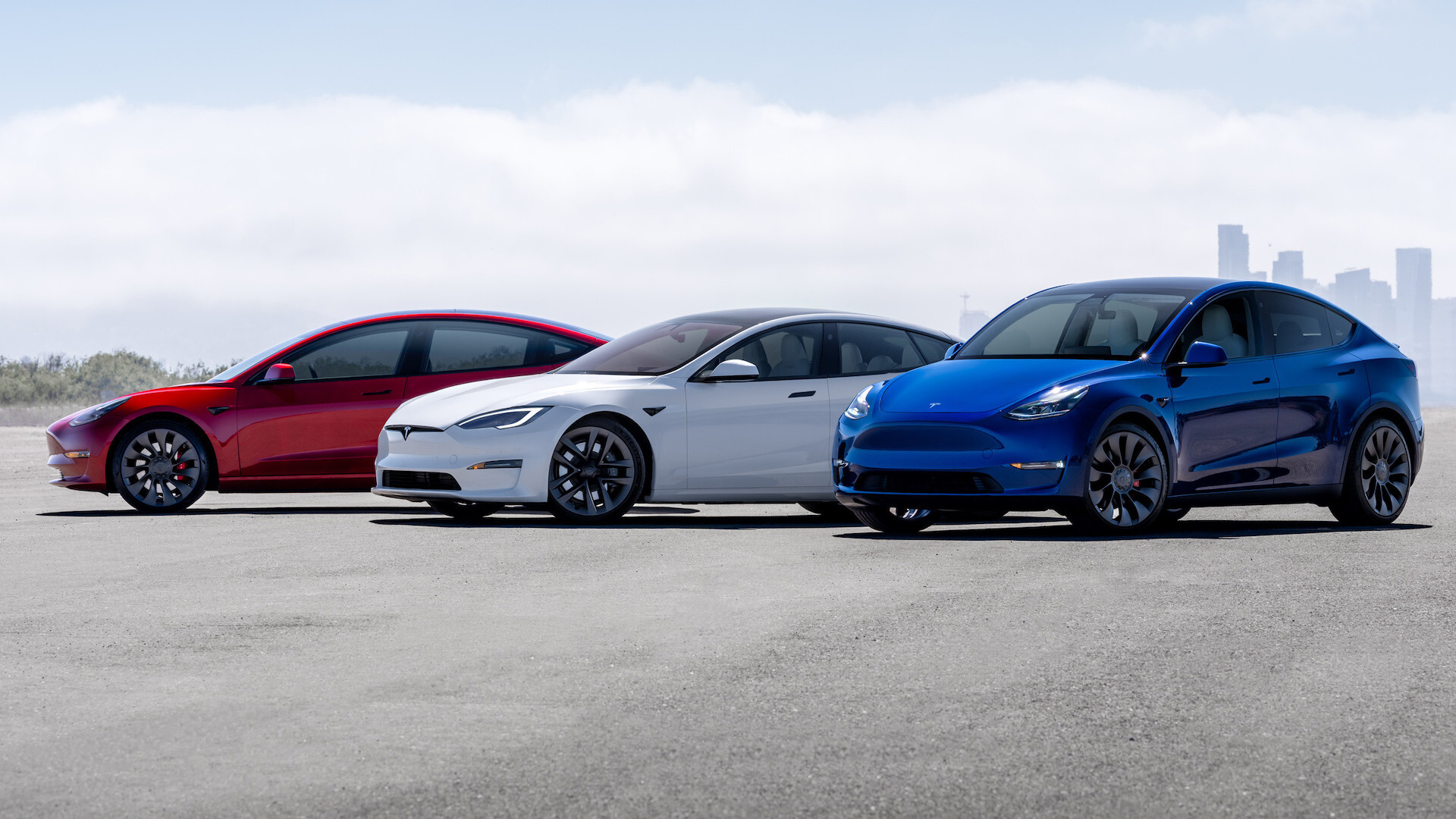

We may earn revenue from the products available on this page and participate in affiliate programs. Learn more ›
Last August, the National Highway Traffic Safety Administration opened an investigation following a string of crashes where Teslas on Autopilot hit stationary emergency vehicles. On Thursday, the National Highway Traffic Safety Administration updated its probe’s status, escalating it to an Engineering Analysis that will test Tesla products to determine whether their driver monitoring systems are adequate.
This update to the NHTSA’s investigation expands the pool of vehicles from the initial 765,000 to 830,000, spanning Tesla’s entire product range from model years 2014 to 2022. Reclassifying the investigation as an Engineering Analysis also means extending current crash analysis, expanding the scope of data analysis, and performing vehicle evaluations. These will determine how much Autopilot and “associated Tesla systems” (presumably Full Self-Driving Beta) pose safety risks by compromising driver attention.
INOA-EA22002-3184The investigation began with the NHTSA contacting 13 automakers, Tesla included, for information on their SAE Level 2 ADAS systems’ designs, performance, and incidences of failures resulting in crashes. At the time, Tesla was of particular interest for Autopilot’s involvement in 14 “crashes with in-road or roadside first responders,” seven of them resulting in 15 injured people and one death. Tesla reported two additional incidents.
According to safety officials, analysis of these crashes, “indicated that Forward Collision Warnings (FCW) activated in the majority of incidents immediately prior to impact and that subsequent Automatic Emergency Braking (AEB) intervened in approximately half of the collisions. On average in these crashes, Autopilot aborted vehicle control less than one second prior to the first impact.”
Available onboard footage shows first responders and their vehicles being visible an average of eight seconds before impact. In 11 crashes, data showed drivers taking no evasive action within two to five seconds of impact, despite each incident indicating the drivers’ hands were on the wheel. In spite of the evident lapse of the drivers’ attention, nine of the 11 vehicles issued no driver engagement alerts “until the last minute preceding the collision,” whereas four never issued any attention warnings at all.

The agency has found inattentiveness to be a common problem in crashes involving Autopilot, with data from about half of 106 miscellaneous Autopilot-related crashes showing drivers not to be attentive. Despite Tesla maneuvering to ensure fault always falls on the driver, the NHTSA disagrees that the driver is exclusively to blame, and said misuse of a safety-critical system such as Autopilot does not mean the system itself is innocent.
“A driver’s use or misuse of vehicle components, or operation of a vehicle in an unintended manner does not necessarily preclude a system defect,” stated the NHTSA.
Reuters reported that an Engineering Analysis is a prerequisite for the NHTSA to request a manufacturer issue a recall. An official NHTSA document states that the Office of Defects Investigation attempts to resolve Engineering Analysis investigations within a year of opening them, but that it may extend them as necessary. The probe will conclude if the NHTSA cannot identify a defect or a manufacturer voluntarily issues a recall. The ODI may present its case before a panel of experts for peer review, passing which leaves the manufacturer with one final opportunity to submit new information before it is asked to issue a recall. The NHTSA’s closer scrutiny of Tesla products has already resulted in more than one recall of over 100,000 vehicles, and it seems to be creeping toward yet another.
Got a tip or question for the author? You can reach them here: james@thedrive.com
